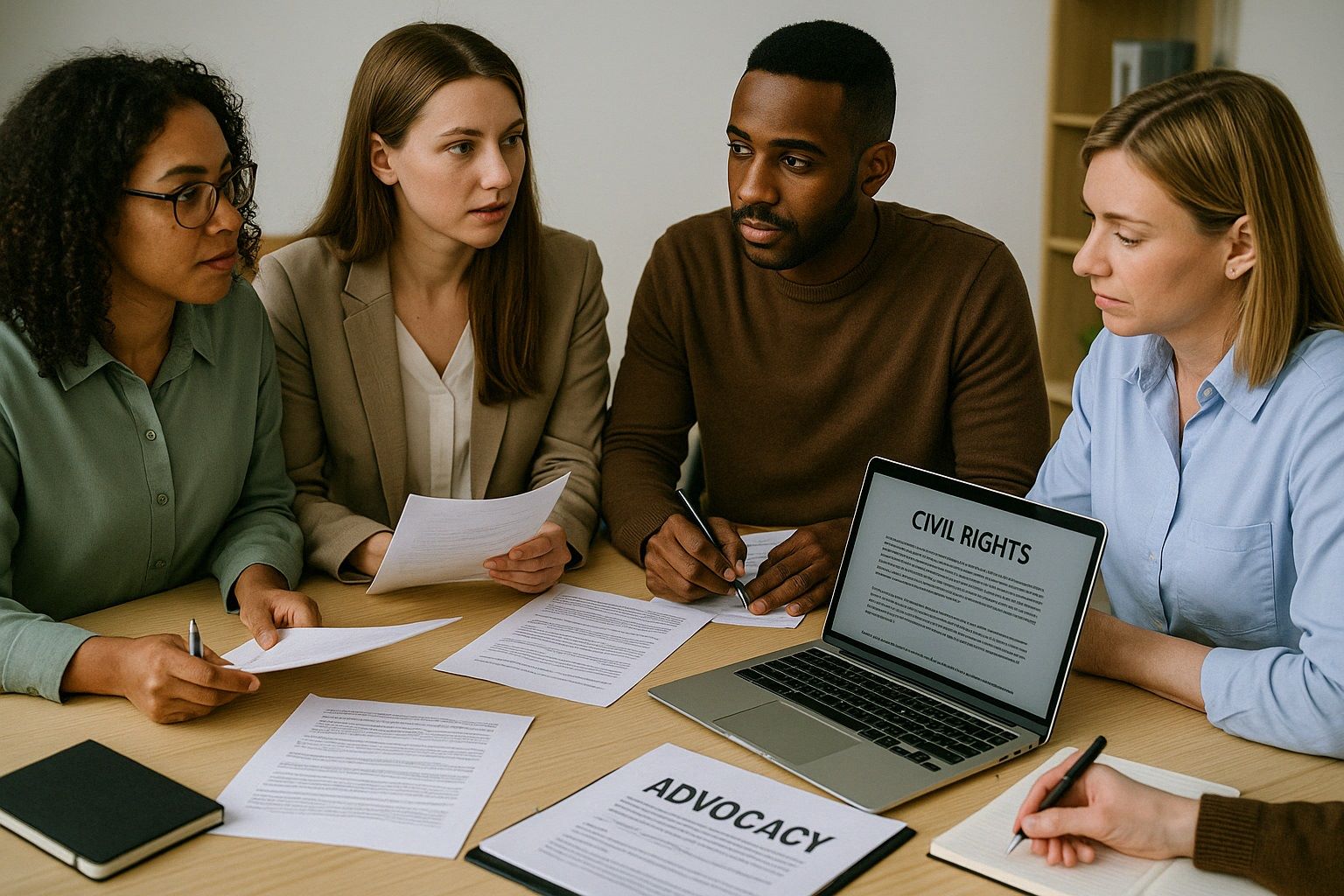
Defend Civil Liberties With Strategic Advocacy
Civil liberties protect people’s rights to speak, gather, believe, and live without fear of unjust government interference. These rights are central to any free society. But they can’t defend themselves. Around the world, laws are passed, policies are enforced, and decisions are made that can limit or remove these protections. That’s why advocacy matters.
Advocacy isn’t just about reacting to threats. It’s about setting goals, building support, and taking action that makes real change. When done strategically, advocacy can protect freedoms before they’re lost and restore them when they’ve been denied.
A Look at What Strategic Advocacy Involves
Strategic advocacy means using careful planning to defend civil liberties over time. This article looks at how that happens, from choosing the right issue to building public support and influencing decision-makers.
You’ll read about how to set clear goals, connect with communities, and work through legal and political systems. Whether you’re part of a legal aid group, an NGO, or simply someone who cares deeply about justice, this approach can help focus your efforts and increase your impact.
What Civil Liberties Need Protection
Civil liberties cover a wide range of rights. Freedom of speech, freedom of religion, freedom of assembly, and the right to privacy are just a few. These rights might look different in each country, but the basic idea is the same: people should be free to live without fear of unfair control or punishment.
Sometimes, threats are obvious. A journalist is arrested for reporting the truth. A protest is broken up with force. A new law makes it harder to speak out. Other times, the changes are slower. A rule is changed quietly. A court decision shifts how a right is enforced. Over time, those small moves can add up.
Advocacy helps track these changes, call them out, and push back. It’s not always fast. But it builds the ground for lasting protection.
Plan With Purpose
Strategic advocacy starts with a clear purpose. That might mean stopping a harmful law, changing a local policy, or defending a specific group whose rights are at risk. The goal should be focused, concrete, and possible to act on.
From there, you can build a plan. Who has the power to change the problem? What will convince them? Who else cares about this issue? These questions shape the approach.
The strategy should also include how you’ll measure progress. It might be gaining media coverage, building a coalition, or reaching a certain number of public statements from leaders. These small wins help move toward the larger goal.
Use the Law as a Tool
Legal strategies are a big part of defending civil liberties. Filing lawsuits, supporting legal education, or preparing briefs can all be part of the effort. When done right, legal tools can stop harmful policies or push for stronger protections.
Legal aid organizations are often on the front lines here. They represent clients, support community rights, and explain complex rules in simple terms. Their work grounds advocacy in real-life experience and shows the human cost of civil liberties violations.
But legal work doesn’t stand alone. It needs public support, policy changes, and outreach to create lasting results. Strategic advocacy connects all these pieces.
Build Coalitions With Purpose
Working with others makes any effort stronger. When groups come together, they share resources, amplify voices, and show decision-makers that the issue matters across communities.
Coalitions work best when they have shared values and clear roles. That might mean a legal team drafting arguments, a community group leading events, and a media team sharing the message.
Trust takes time to build. Being honest, listening to concerns, and showing up for each other helps. Coalitions that grow slowly but with care often last longer and do more good.
Stay Close to the People Affected
Real change comes from the ground up. The people most affected by a civil liberties issue often have the clearest understanding of what needs to change.
Listening to these voices and including them in the planning makes the work stronger. It avoids mistakes and helps ensure that solutions match the real problems.
Whether it’s someone facing surveillance, protesting for housing rights, or standing up for religious freedom, their stories bring the issue to life. They also make it harder for leaders to ignore.
Talk Clearly and Often
A strong message helps people understand what’s at stake. Advocacy doesn’t work if people are confused, bored, or overwhelmed. Short, clear messages that focus on real lives help more than long reports or legal jargon.
It also helps to repeat the message across different platforms—press releases, social media, town halls, or public art. Each space reaches a different audience, and together they create a bigger impact.
Communicating regularly also keeps supporters informed and involved. It turns one-time participants into long-term allies.
Prepare for the Long Term
Strategic advocacy isn’t always fast. Some fights last years. Some never quite end. That’s why the work needs to be steady and sustainable.
Building systems helps—templates for letters, lists of allies, plans for training new volunteers. These tools keep the effort going even when people change or issues shift.
It also helps to celebrate progress, even when the big goal is still far away. Passing one local rule, changing one public opinion, or getting one leader to speak up can be part of a bigger wave of change.
Keep Civil Liberties at the Center
Advocacy can move fast and get loud. It can involve conflict, attention, and stress. In all that, it helps to come back to the heart of the work.
Civil liberties are not abstract. They’re about people being able to live, speak, worship, and gather without fear. When those rights are under threat, advocacy offers a way to defend them thoughtfully, firmly, and with care.
Each step—big or small—keeps that defense alive. And each person who joins makes the defense stronger.
